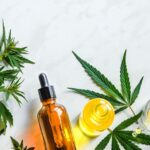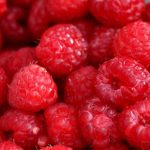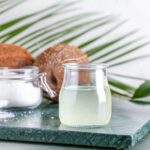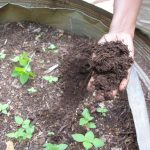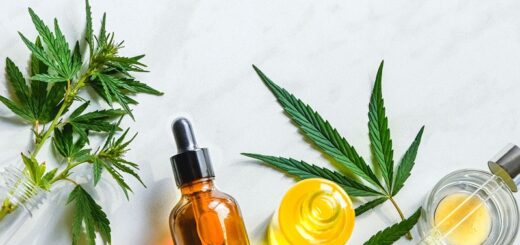A Look at Ginkgo Biloba
Table of Contents
The use of natural products and medicinal plants has seen a significant increase for the past few years in different parts of the world. Among the most renowned and well-acclaimed herbal plants is none other than ginkgo biloba due to its widespread healing effects.
This particular herb has been a part of traditional medicine for many centuries. It is even revered as a sacred tree and a symbol of vitality, longevity, and yin and yang. The Chinese had started their medicinal use of this tree with the seeds. However, not long after, they also added the plant’s leaves and roots as among the valuable medicinal materials they use.
This one of a kind herbal extract is among the most favorable supplements for longevity, mental wellbeing, and health. The famous herbalist, Christopher Hobbs, refers to ginkgo as the elixir of youth. Most herbalists claim that ginkgo is only beneficial herb for a person’s general wellbeing and if you ever want to take a supplement, ginkgo is your best option.
Ginkgo Biloba in the Early Times
The ginkgo biloba, that you can buy at online webshop Vegamega, tree is also known as the living fossil mainly because this is the sole living member of Ginkgoales family. The earliest fossils of this tree date as far back as 270 millions ago which pretty much puts the tree on earth on the same time as the existence of dinosaurs. The tree of ginkgo biloba was prominent all over Asia, Europe, and North America 144 million years ago during the Cretaceous period.
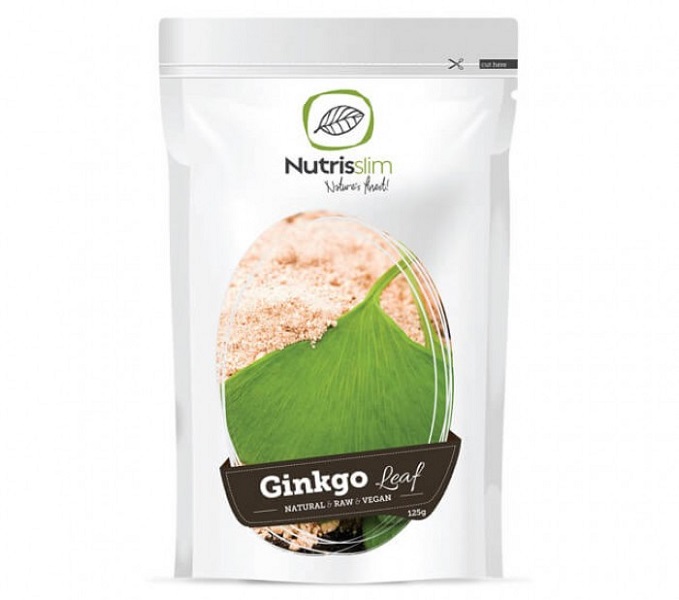
The different cataclysmic events in the world resulted to the reduced number of Ginkgo. Its decline might also be partly because of the extinction of reptiles and dinosaurs that played a role in dispersing the plant’s seeds. The ginkgo vanished from the fossil record of North America around 7 million years ago and about 2.5 million years ago from Europe.
The Ginkgo Biloba Comeback
It was during this point that the scientist believed that the plant had fallen into extinction but was found later on in the country of Japan. The German botanist and physicist Engelbert Kaempfer discovered the plant in 1691. It was also able to survive in China in temple gardens and monasteries. The Buddhist monks had also cultivated the ginkgo tree ever since the 1100s. Its seeds later on spread to Korea and Japan. It was during the early 18th century when the ginkgo seeds arrived at Europe and later in the same century, the seeds were brought to America. Many of the earlier ginkgo trees were males.

The ginkgo trees in China had the same structure as the fossils from millions of years ago. There were several minor changes in the size of the ovule, a reduced number of the ovules, and the decrease of the individual ovule stalks.
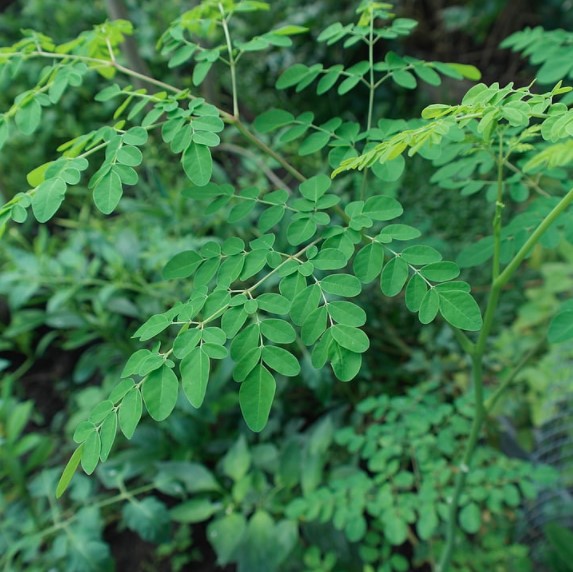
Read also next article: The Miracle Tree
Moringa is commonly known as ‘drumstick tree’ or ‘horseradish tree’ is native to India, grows in the tropical and subtropical regions of the world. With its high nutritive values, every part of the tree is suitable for nutritional as well as commercial purposes.
Literary Mentions of Ginkgo
The ginkgo was mentioned for the first time in Chinese literature during 11th century in the time of the Sung dynasty. After this, it also appeared all over Chinese poetry and art. Its seeds or fruits and leaves were usually praised in literary pieces. The use of seeds in herbals was first mentioned during 1280 to 1368 in the time of the Yuan dynasty. When the Sung and Yuan dynasties ended, the ginkgo became extensively cultivated throughout China.
Ginkgo seed was used as a source of food as early as the times of the Han dynasty during 206 BC to 220 AD. These seeds were often compared to walnuts and were even mentioned an alternative for lotus seeds. During 1578, it is revealed that the ginkgo seeds were even eaten at weddings and the shells were dyed red.
Ginkgo has a very long and interesting history of medicinal use. The nuts or seeds and leaves have been both incorporated in different traditional medicines. The leaves were originally mentioned for their medicinal use during the Han dynasty from the year 206 BC to 220 AD. It was in 1436 when it was first confirmed literature mention that talked about how the leaves can be used for treating freckles and head sores. It was in 1950s when Western medicine started to study the different uses of Gingko.
The ginkgo was also mentioned in Japanese textbooks during 1492 as a form of dessert at the tea ceremonies. When the 18th century came, it was served as a side dish for sake. To this day, the Japanese still eat grilled nuts every time they drink sake.
Among the most popular ginkgo biloba trees in the world can be found in Hiroshima. This was growing close to a temple that was 1.1 kilometers away from the center of the blast where the American forces dropped the atom bomb during the Second World War.
The tree remained standing even after the bomb was dropped while the temple and all the things around it were destroyed. The tree started to bud once again following the blast without any noticeable deformations. The temple was later on built again around the ginkgo tree.
An individual ginkgo tree can have a lifespan of 3,000 years, which is another reason why this plant is often referred to as a living fossil. The tree offers a direct link to the prehistory of the human race through the unchanging structure.
Ginkgo in the Modern Times
It was during the 1960s when the German researchers extracted the ginkgo’s active ingredients known as the ginkgo biloba extract or simply GbE. They referred to this extract as GbE 761 that is called as ginkgo biloba 24/6 in the United States. It means that the standard extract contains 6% terpene lactones and 24% ginkgo flavones glycosides. The amounts of the rest of the constituents, particularly bilobalide, were defined as well.
They also started to investigate the effects of GbE in different clinical studies. For the past five decades, tons of information produced by the said studies revealed how GbE helps in different problems plaguing mankind and significantly doesn’t cause negative side effects. The ginkgo biloba is indeed a one of a kind plant that never fails to amaze people.
